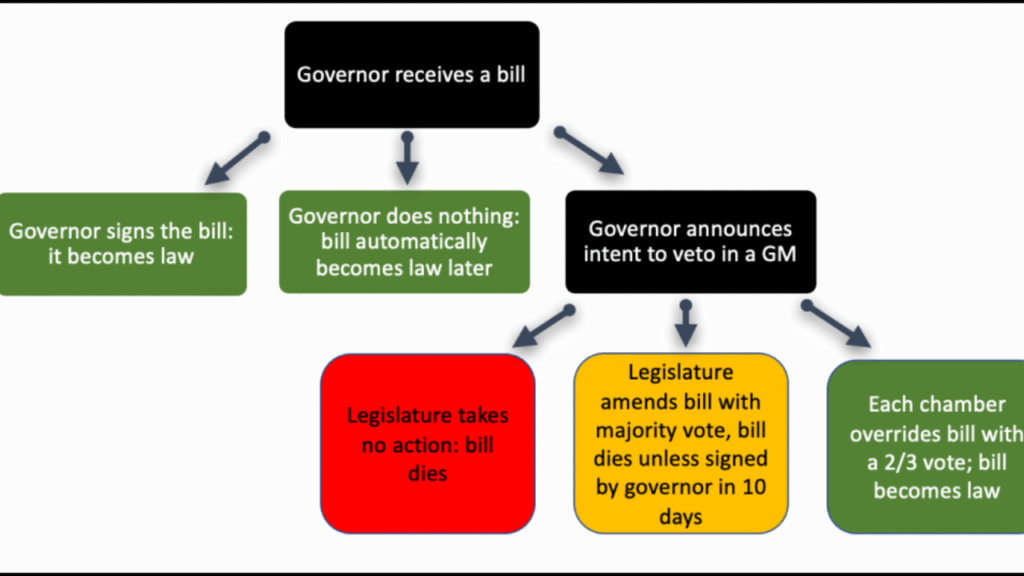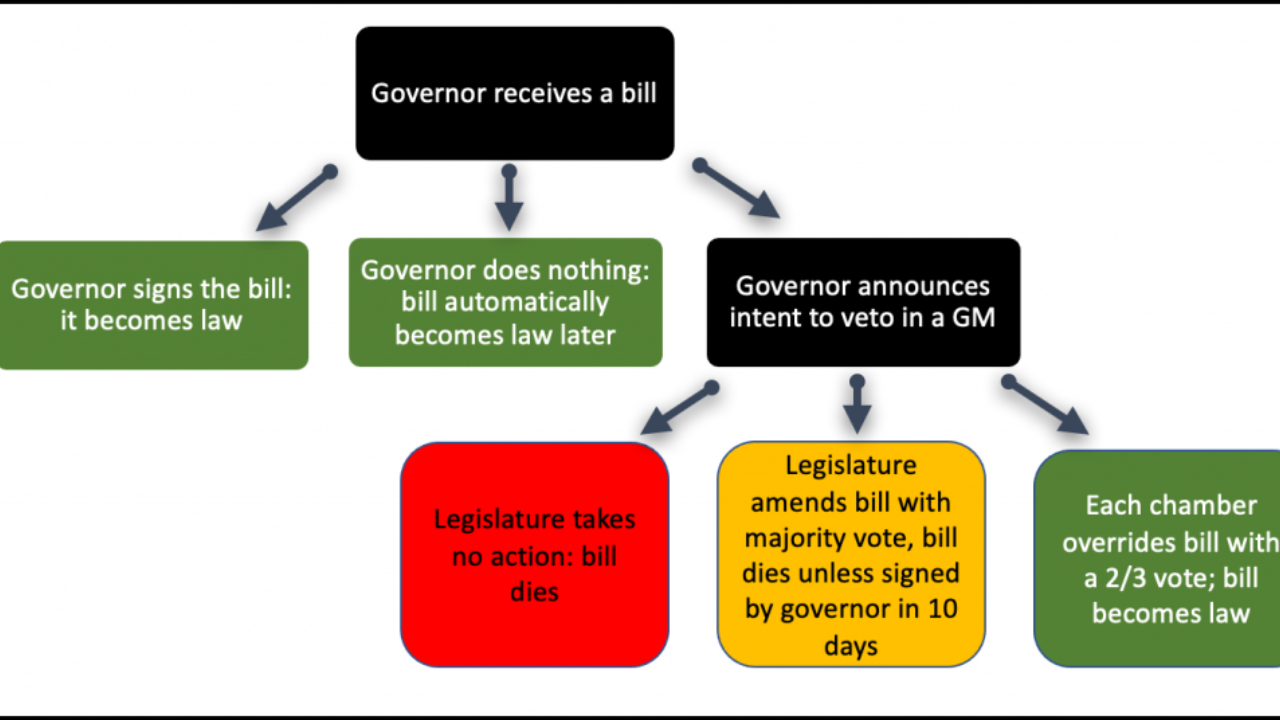
Introduction
Ohio’s legislature is bicameral, meaning it has two chambers: the Ohio House of Representatives and the Ohio Senate. Together, they create, debate, amend, and approve legislation. The primary purpose of the legislature is to pass laws that govern the state and address the needs of its residents.
- Ohio House of Representatives: 99 members representing districts across the state.
- Ohio Senate: 33 members, with each senator representing a larger district than representatives.
Bills can be introduced in either chamber and must pass both before becoming law.
Step 1: Drafting and Introduction of a Bill
Legislators or committees draft a bill. This is the first step where an idea is written formally as a proposal for a new law or an amendment to existing laws.
- Sponsor: A legislator who introduces the bill.
- Bills can also be introduced by committees or through citizen initiatives in some cases.
- After drafting, the bill is formally introduced in either the House or Senate, depending on where it originated.
Step 2: Committee Review
Once introduced, the bill is sent to a committee that specializes in the bill’s subject area, such as education, health, or transportation.
- The committee studies the bill in detail.
- Hearings may be held where experts, stakeholders, and the public can testify.
- The committee votes on whether to move the bill forward, amend it, or reject it.
- If rejected, the bill usually dies at this stage.
Step 3: First Chamber Voting
If the bill passes the committee, it goes to the full chamber (House or Senate) for debate and voting.
- Legislators discuss the bill’s merits and may propose amendments.
- Voting can be done electronically, by voice, or by roll call.
- A majority vote is required to pass the bill to the next chamber.
Step 4: Second Chamber Consideration
After passing the first chamber, the bill moves to the other chamber, where it follows a similar process:
- Referral to a relevant committee.
- Committee hearings and possible amendments.
- Full chamber debate and voting.
If the second chamber amends the bill, it goes back to the first chamber for approval of changes.Step 5: Conference Committee (If Needed)
If there are differences between the House and Senate versions of the bill, a conference committee made up of members from both chambers works out a compromise.
- The committee negotiates to produce a unified bill.
- Both chambers must approve the final version.
Step 6: Governor’s Action
Once both chambers approve the final bill, it is sent to the Governor.
- The Governor can sign the bill into law.
- The Governor can veto the bill, sending it back to the legislature.
- The legislature can override a veto with a two-thirds majority in both chambers.
- The Governor can also take no action, and after a specified period, the bill may automatically become law.
Step 7: Implementation and Enforcement
Once signed into law, the bill becomes part of Ohio’s Revised Code.
- State agencies and local governments are responsible for enforcing the new law.
- Sometimes, additional rules or regulations are developed to implement the law.
Key Points to Remember
- Ohio’s legislature consists of the House (99 members) and Senate (33 members).
- Bills can originate in either chamber but must pass both.
- Committee review is a critical stage where bills can be amended or stopped.
- The Governor has the power to approve or veto legislation.
- The legislature can override a Governor’s veto with a two-thirds vote.
- Laws take effect after signing, veto override, or automatic enactment.
Overview Table of Ohio’s Legislative Process
| Step | Description | Who’s Involved | Outcome |
|---|---|---|---|
| 1. Drafting & Introduction | Bill is written and introduced | Legislator (Sponsor) | Bill formally enters legislature |
| 2. Committee Review | Detailed study, hearings, amendments possible | Specialized Committee | Bill advances, amended, or rejected |
| 3. First Chamber Vote | Debate and vote on the bill | Full House or Senate | Bill passes or fails |
| 4. Second Chamber Review | Same process as first chamber | Committee and full chamber | Bill passes, amended, or rejected |
| 5. Conference Committee | Resolve differences between House & Senate bills | Members from both chambers | Unified bill agreed upon |
| 6. Governor’s Action | Sign, veto, or no action | Governor | Bill becomes law or vetoed |
| 7. Implementation | Law enforcement and application | State agencies, local governments | Law goes into effect |
FAQs About Ohio’s Legislative Process
Q1: Can citizens propose laws directly in Ohio?
Yes, through the initiative process, citizens can propose laws that, if enough signatures are gathered, are placed on the ballot for voters to approve.
Q2: How long does the entire legislative process usually take?
It varies, but bills often take several months to pass through all stages, depending on complexity and priority.
Q3: What happens if the Governor vetoes a bill?
The legislature can override the veto with a two-thirds majority vote in both chambers for the bill to become law.

